Augmented Reality (AR) and Virtual Reality (VR) in Marketing: Transforming Customer Experiences
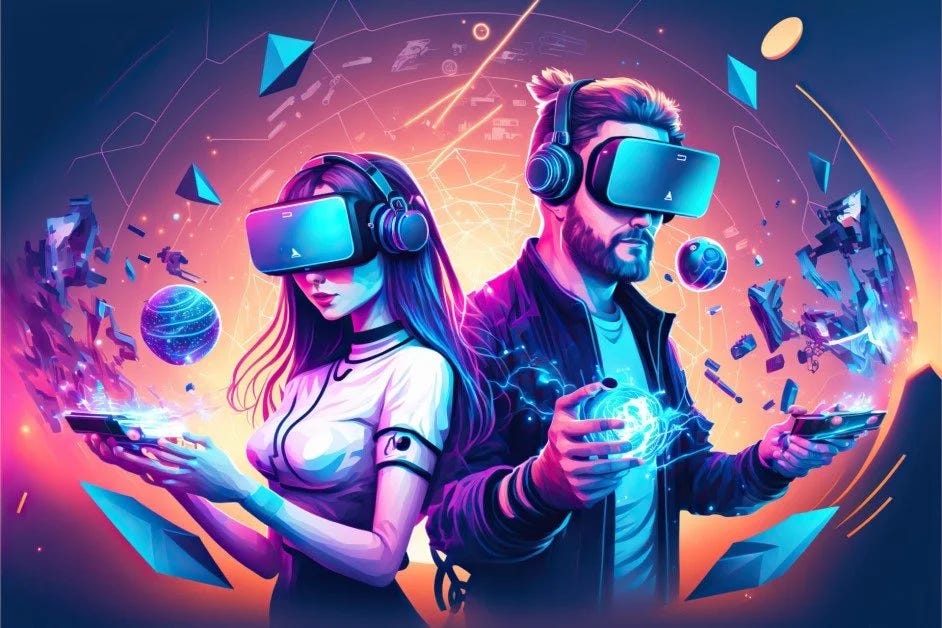
The integration of Augmented Reality (AR) and Virtual Reality (VR) in marketing has opened new dimensions for customer engagement. These technologies allow brands to create immersive experiences that captivate audiences and provide interactive ways to connect with products and services. In this blog, we’ll explore the rise of AR and VR in marketing, their benefits, and how leading brands are successfully leveraging these technologies.
Understanding AR and VR
- Augmented Reality (AR)
- Definition: AR overlays digital information (images, videos, sounds) onto the real world through devices like smartphones and AR glasses.
- Example: IKEA Place app allows users to visualize how furniture will look in their home by placing 3D models in their actual space using their smartphone camera.
2. Virtual Reality (VR)
- Definition: VR creates a fully immersive digital environment that users can interact with using VR headsets.
- Example: Audi offers virtual test drives using VR, allowing potential customers to experience the feel of driving their cars without leaving the dealership.
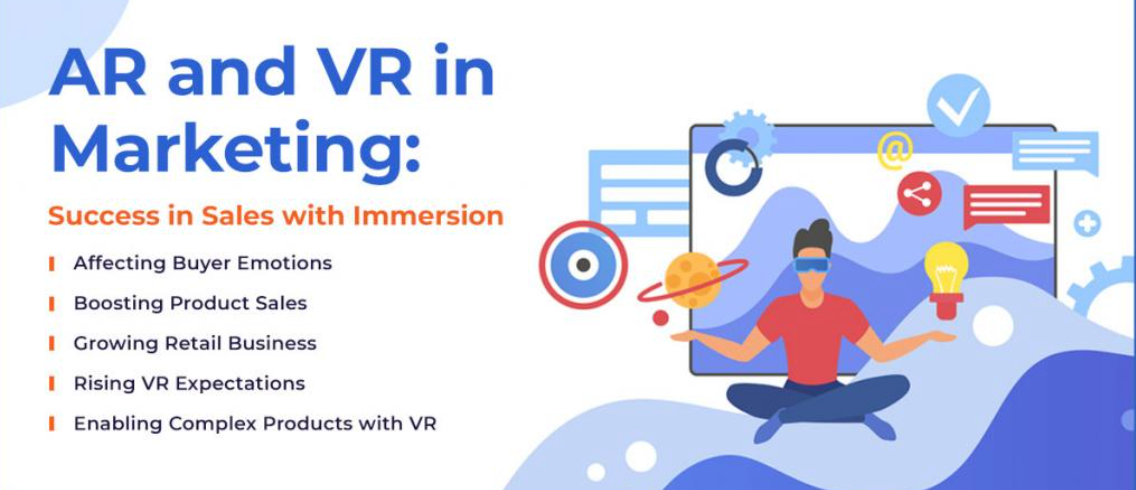
Benefits of AR and VR in Marketing
- Enhanced Customer Engagement
- Interactive Experiences: AR and VR offer interactive experiences that engage customers more deeply than traditional media.
- Example: L’Oréal’s AR-powered app lets users try on makeup virtually, increasing user engagement and providing a fun, interactive shopping experience.
2. Improved Product Visualization
- Realistic Previews: Customers can see and interact with products in a virtual environment, making it easier to understand their features and benefits.
- Example: Home Depot uses AR to help customers visualize how different paint colors or tiles will look in their homes, aiding in the decision-making process.
3. Increased Conversion Rates
- Informed Decisions: By providing a realistic view of the product, AR and VR help customers make more informed purchase decisions, leading to higher conversion rates.
- Example: Shopify merchants using AR saw a 94% higher conversion rate compared to those who did not use AR, as customers felt more confident in their purchases.
Industry Use Cases
- Retail
- Virtual Fitting Rooms: Brands like ASOS and Zara use AR to create virtual fitting rooms, allowing customers to try on clothes virtually, improving the online shopping experience and reducing return rates.
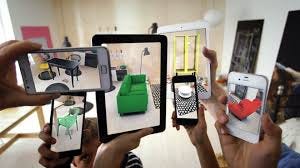
2. Real Estate
- Virtual Tours: Real estate companies like Matterport offer VR tours of properties, enabling potential buyers to explore homes remotely, increasing engagement and saving time for both buyers and sellers.
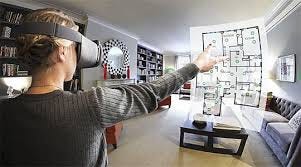
3. Automotive
- Virtual Showrooms: Brands like Tesla use VR to create virtual showrooms where customers can explore different car models and customize features, providing a unique and immersive shopping experience.

Strategies for Implementing AR and VR in Marketing
- Identify Key Opportunities
- Customer Pain Points: Identify areas where AR and VR can address customer pain points or enhance the shopping experience.
- Example: Sephora identified that customers wanted to try makeup before buying, leading to their successful AR app for virtual makeup trials.
2. Develop Quality Content
- Immersive Experiences: Invest in creating high-quality, immersive AR and VR content that provides real value to the customer.
- Example: Volvo created a VR test drive experience that gives potential buyers a realistic feel of driving their cars, enhancing the customer experience.
3. Promote Your AR/VR Features
- Marketing Campaigns: Use traditional and digital marketing channels to promote your AR and VR features, educating customers on how to use them.
- Example: Nike used social media campaigns to promote their AR feature that allows customers to measure their shoe size accurately, driving app downloads and user engagement.
4. Measure and Optimize
- Analytics: Track the performance of your AR and VR initiatives through analytics to understand user behavior and engagement.
- Iterate: Continuously improve the user experience based on feedback and performance data to maximize the impact of your AR and VR efforts.
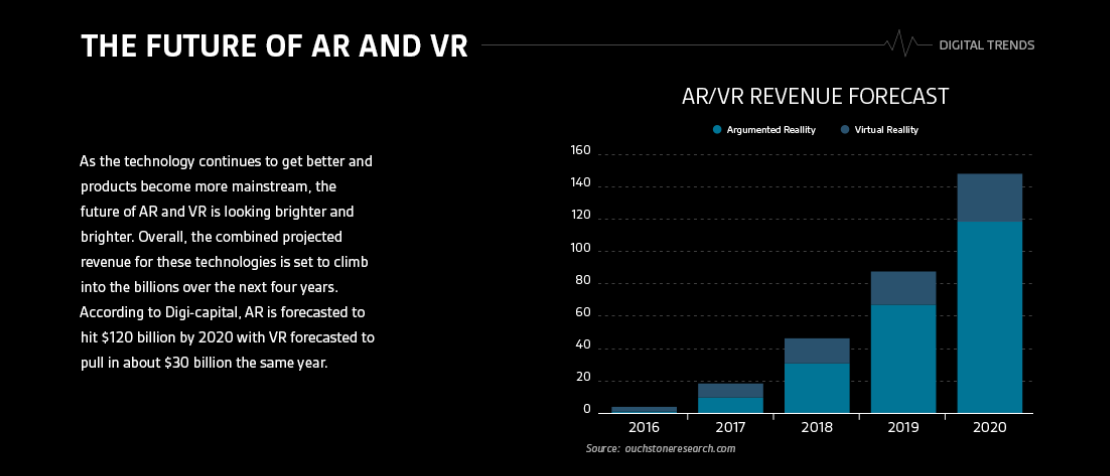
My View on AR and VR in Marketing
In my view, AR and VR technologies are revolutionizing the marketing landscape by providing immersive and interactive experiences that deeply engage customers. As these technologies continue to evolve, their integration into marketing strategies will become increasingly vital for brands seeking to differentiate themselves and create memorable customer experiences. By investing in AR and VR, brands can not only enhance customer satisfaction but also drive higher engagement and conversion rates, positioning themselves at the forefront of innovation.
Stay tuned for the next blog in our 80-day marketing series, where we’ll explore the power of voice search optimization and how to prepare for the voice-first era.
Keep learning and stay curious!
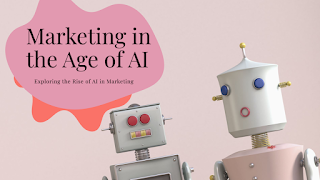
Comments
Post a Comment